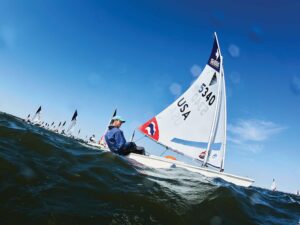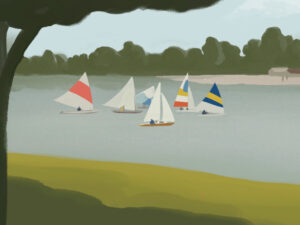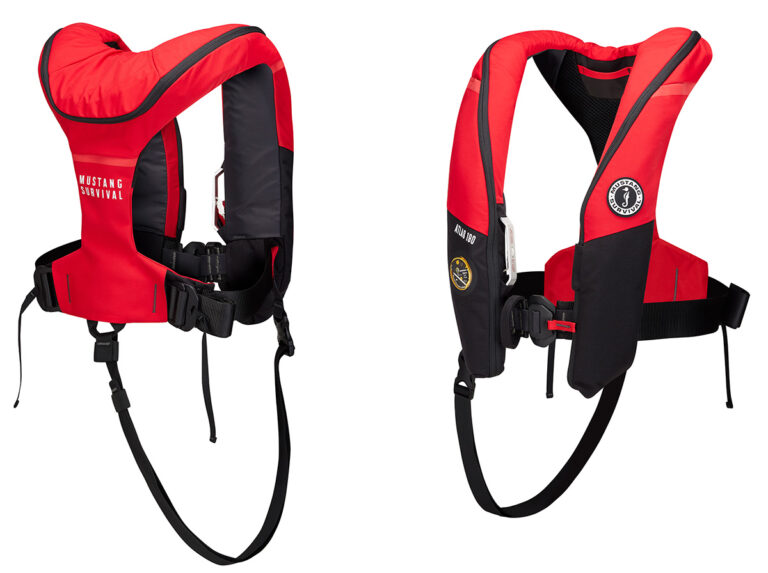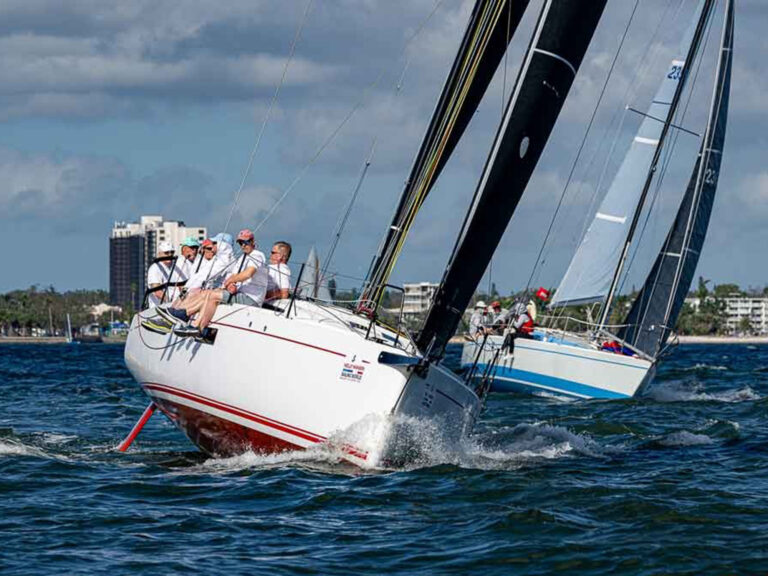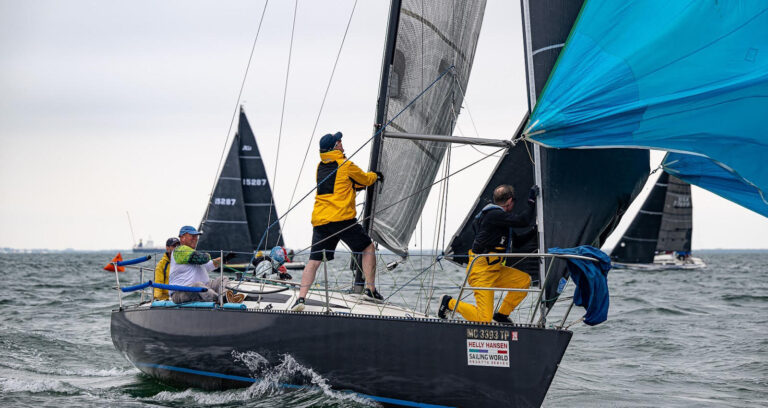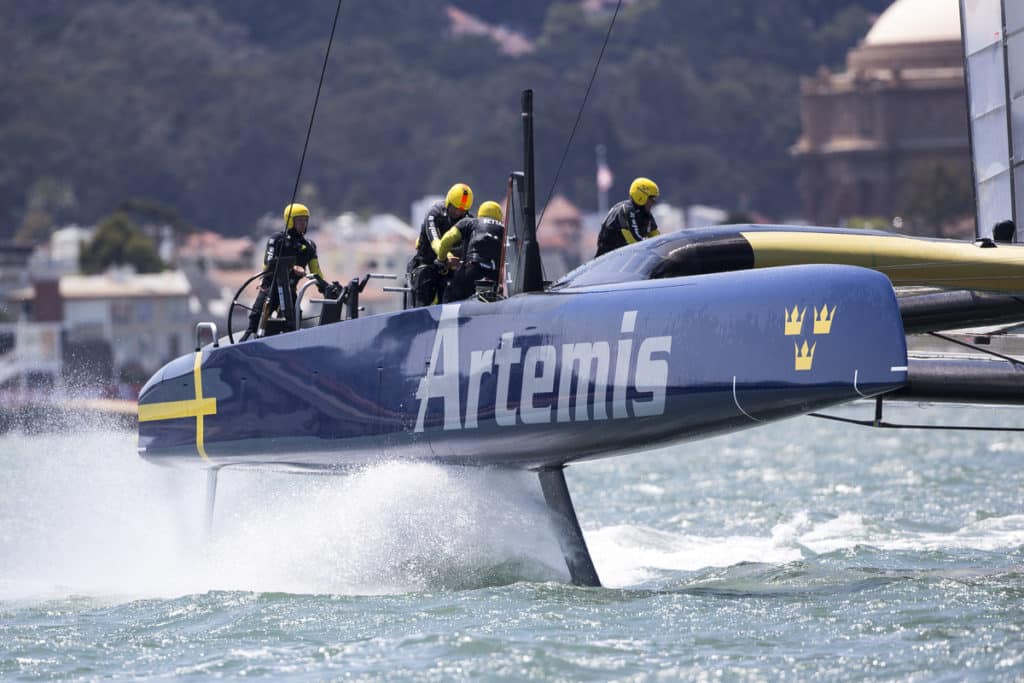
Artemis Racing: LVC Semis
**Time. **It’s what we all wish we had more of, and nothing can be closer to that truth than life in the Artemis camp. Let’s face it, after a week in their boat they’re showing more improvement than all the other teams did over the same time frame, as Oracle CEO and AC72 mastermind Russell Coutts concurred following Race 2 of the Louis Vuitton Cup.
“I haven’t seen any of the other teams progress to the level they’re at this quickly. They gained a lot on the upwind leg today, and if they can get that first jibe right, they’ve definitely got the sailing talent to beat Luna Rossa.”
But it’s a bittersweet conundrum for the Swedes who are two races down in the best of a seven-race series. It could all be over after the weekend for this team who has struggled so hard to get to the start. Here helmsman Nathan Outteridge explains how they’re making the most of the time they have.
Overall, how do you feel about your performance so far?
It’s been pretty good. You know we haven’t had much training in the boat, and it’s been getting better every day. We’ve been happy with how we’ve been starting and we’ve had moments in the race, which have been quite promising but for us it’s been quite tricky to try and string together a full race. But it’s all coming along quite nicely.
You’ve had two good starts****—what’s been your focus on the starts?
On the starts we’re just trying to get ourselves in a position where we can take the heat off the start and be in control in the last 30 seconds. The goal is to put pressure on Luna Rossa without putting any pressure on us. That’s difficult but we’ve been managing to do that quite nicely. From there it’s just trying to sail our own race around the course and make sure we don’t make any errors.
Acceleration is an issue for you, more obvious in Race 2 given the light conditions, plus you have a heavier boat. What are you doing to optimize speed given the parameters you’re dealing with?
The key for these boats is to keep them going as fast as we can, all day long. Race 2 was light and very puffy. Once we get to 16 knots of breeze the air becomes more stable and predictable. Conditions were better on Thursday when we were out training. We did a few practice runs with [Emirates] Team New Zealand and we’re really happy with our progress. Every ten minutes we’re on the boat we get better.
Were you prepared for the lighter air on Race 2?
No [laughs]. That was the lightest wind we’d sailed in. Most of the racing in San Francisco is going to be in the 15- to 25-knot wind range, so as soon as we got the boat in the water two weeks ago all our systems were set for over 15 knots of breeze, not thinking that we’d have to do any light air sailing, so that definitely was what we were optimized for. But Luna Rossa had to race around the same course, and they were sailing perfectly. I had a good talk to Chris Draper, and he said the conditions were the most difficult he’d ever been in these boats.
What options do you have to change the sail plan for lighter conditions?
We had our biggest jib on the boat, besides that it’s just how you trim it slightly—there’s not a whole lot we can do. Luna Rossa can put a pole back on and race with a code zero, but I doubt they will because of the drag upwind. If it’s that light again, it’s just about sailing the boat better as it is about getting more sail area on the boat.
The current conditions came into play later in Race 2—who on Artemis has the key to local Bay knowledge?
Iain Percy has a really good team helping him out on tactics. Paul Cayard, of course, is a local and has been giving us all he knows about the currents on the Bay. We also have a very good current model and wind forecasting system so we have a very good idea of what the tide is doing. On the final beat on Race 2, Iain had us get up behind Alcatraz and kept out of the flood, and then we went into the shore and made a really big gain. He has a really good plan, which he gives to us each morning. If we can keep improving our maneuvers I think we’ll see some really good racing coming up. After today’s training, I think we’ll be closer to Luna Rossa than before.
**It looks like you changed the rake on the mast throughout Race 2? **
We haven’t had any changes to the rig—its one of those things that’s set in the morning and you can’t really change it once you’re out there. It just depends on the picture you’re seeing of the boat sailing on the water because all it takes is the degree of pitch on the boat, like if it’s bow down, for example, to make the rig appear different. Because we haven’t had enough time sailing this boat we’ve just selected what our rake is for the wing, and it is what it is. We just have less tools to play with because we’ve had less time to dial it all in. There are so many more important things to work on.
How quickly do you think you can get your foiling jibes down?
Out today we did five or six—it’s just our consistency. We did a couple of those up against Team NZ today, and I’d say we’re getting 60 percent, but doing them under race conditions, under pressure … it’s difficult for us. I think we did a foiling jibe in Race 1 in the final downwind so we have the potential, we know what we need to, and we’ve made improvements on the boat and the foils every day. Today was our day off, but we got out there for three hours of sailing.
Have your small rudders got much to do with how well – or not – you can pull off a foiling jibe?
Yes, for sure. The smaller rudder is designed for higher speeds, and if you’re foiling in the mid-20s, then the rudders are working really hard for you. If you look at Luna Rossa with the much bigger rudders, they are way more forgiving in the lighter air maneuvers. I think once you’re doing over 35 knots of boatspeed then we’d have sufficient area on our rudders to do our foiling jibes. We just need to keep the boat going as quick as possible.
Click here to read more America’s Cup interviews from Michelle Slade.

